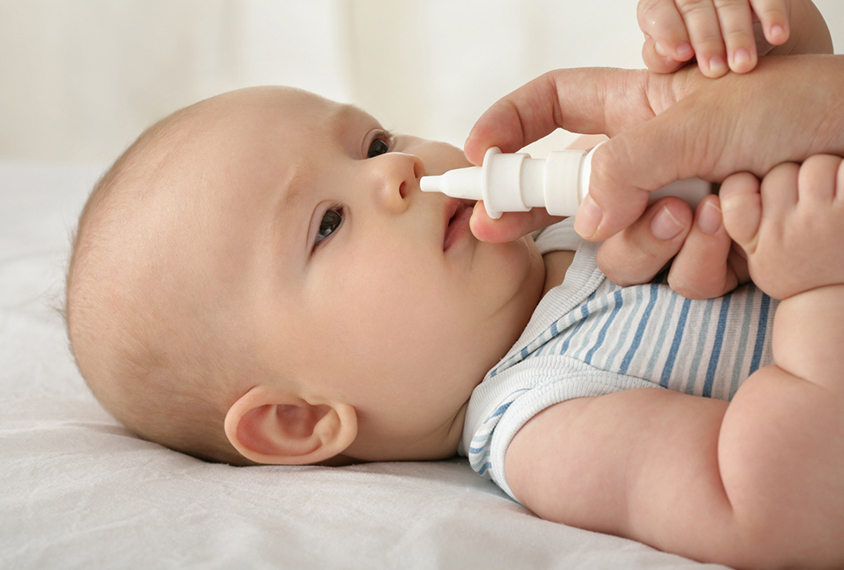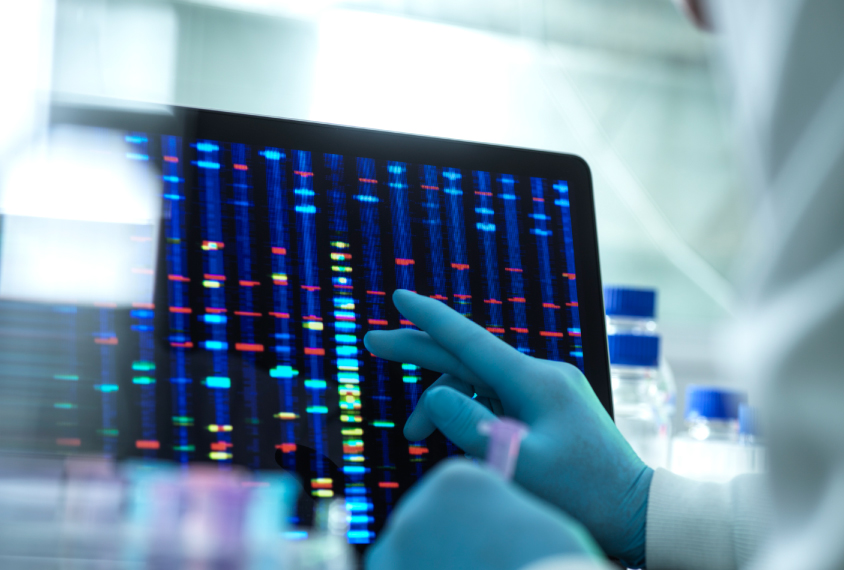Christian Schaaf is professor of human genetics at the University of Heidelberg in Germany.

Christian Schaaf
Professor
University of Heidelberg
From this contributor
Oxytocin lessons from autism-linked syndromes: A chat with Christian Schaaf and Ferdinand Althammer
Oxytocin therapies have failed to consistently benefit autistic people, but their effects in people with two autism-linked conditions may yield new insights, experts argue.

Oxytocin lessons from autism-linked syndromes: A chat with Christian Schaaf and Ferdinand Althammer
How an expert panel evaluates genes for autism genetic tests
About 15 percent of genes currently included in clinical genetic tests for autism or intellectual disability don’t have enough evidence to support their ties to the conditions, the panel found.

How an expert panel evaluates genes for autism genetic tests
Explore more from The Transmitter
Psychedelics research in rodents has a behavior problem
Simple behavioral assays—originally validated as drug-screening tools—fall short in studies that aim to unpack the psychedelic mechanism of action, so some behavioral neuroscientists are developing more nuanced tasks.

Psychedelics research in rodents has a behavior problem
Simple behavioral assays—originally validated as drug-screening tools—fall short in studies that aim to unpack the psychedelic mechanism of action, so some behavioral neuroscientists are developing more nuanced tasks.
New organoid atlas unveils four neurodevelopmental signatures
The comprehensive resource details data on microcephaly, polymicrogyria, epilepsy and intellectual disability from 352 people.

New organoid atlas unveils four neurodevelopmental signatures
The comprehensive resource details data on microcephaly, polymicrogyria, epilepsy and intellectual disability from 352 people.
Can neuroscientists decode memories solely from a map of synaptic connections?
Five experts discuss the progress, possibilities and hurdles of decoding a “nontrivial” memory from an organism just by analyzing its brain connectivity patterns.
Can neuroscientists decode memories solely from a map of synaptic connections?
Five experts discuss the progress, possibilities and hurdles of decoding a “nontrivial” memory from an organism just by analyzing its brain connectivity patterns.